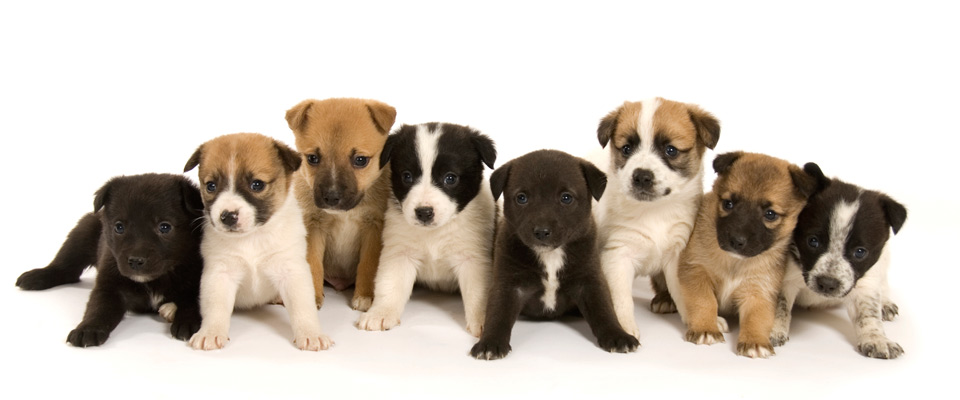
If you want to buy a Tent, it’s important to know what features to look for. You should make a list of features that are essential to you and the ones you would prefer to have but may not be included in the basic model. These features can be purchased separately. Research is key when buying a Tent, so take the time to read reviews online and in stores before you decide on which one to buy. Make sure to try out several different Tents before you make your final decision.
Tents for single use
A recent report from the Association of Independent Festivals has outlined how disposable tents are ruining the environment. According to the organisation, at least 250,000 tents are left behind at UK festivals every year. The Association of Independent Festivals (AIF) estimates that these are equivalent to 875 tonnes of plastic, or the weight of nearly 2,400 pint cups or 8,750 straws. It also points out that the environmental impact of a single-use tent is enormous, as it could end up in a landfill.
Tents for two-person use
Choosing the best two-person tent depends on your personal needs. The Bessport is a great option for a couple on a camping trip. The tent features covered vestibules on both sides for easy entry and exit. The interior of the tent is roomy enough for two people, with enough room for all of their camping gear. This tent features a large mesh roof and windows, as well as a rainfly that gives you decent protection from rain, but can also make the tent feel warm.
Tents with multiple doors
Many large tents have multiple doors, allowing you to use them as separate sleeping rooms. However, a queen mattress in one room can block the door for those in the other. You may have to crawl through someone’s face to get in and out of your tent. For this reason, large tents with multiple doors are the most convenient. Each sleeping area should have its own door. Tents with multiple doors are ideal for families or groups that are not used to sharing a tent.
Tents with a canopy
If you’re looking to make the most of your outdoor activities, consider a tent with a canopy. Canopies add a layer of protection that protects from the sun, wind, and rain. Some have huge overhangs while others are subtle. The size and style of your canopy will depend on the level of coverage you require. Some can be adjusted, so you can adjust the overhang as needed. Below are some tips to choose a canopy tent for your needs.
Tents with a rainfly
The walls of a tent are the tent body and the rainfly. The walls are the most versatile option, since you can simply discard it when the weather is good. A rainfly is essential because it repels wind and rain, keeping campers dry and protected during bad weather. The most common type of tent is a double-walled model. Regardless of whether you plan on using a rainfly or not, it’s a good idea to select one with a tentsvela guide.
Tents with aluminum poles
Compared to carbon fiber or glass poles, tents with aluminum poles are significantly lighter. An average two-person tent with an aluminum pole will weigh no more than 5 or 6 pounds. Tent poles are made of carbon fiber or aluminum, and are typically hollow, with a nylon-reinforced rubberband material inside. A tent with aluminum poles will weigh about 75% less than a standard two-person tent with glass poles.
Tents with fiberglass poles
Fiberglass tent poles are a cheaper alternative to aluminum poles. Unlike aluminum, fiberglass does not corrode or rot. They only lose their flexibility with rough handling. The main disadvantage of fiberglass is that they tend to kink when broken, and in freezing weather they are easily damaged. Aluminum poles are stronger than fiberglass, but are also heavier. Aluminum poles are more prone to damage if they break, but fiberglass poles are lighter.
